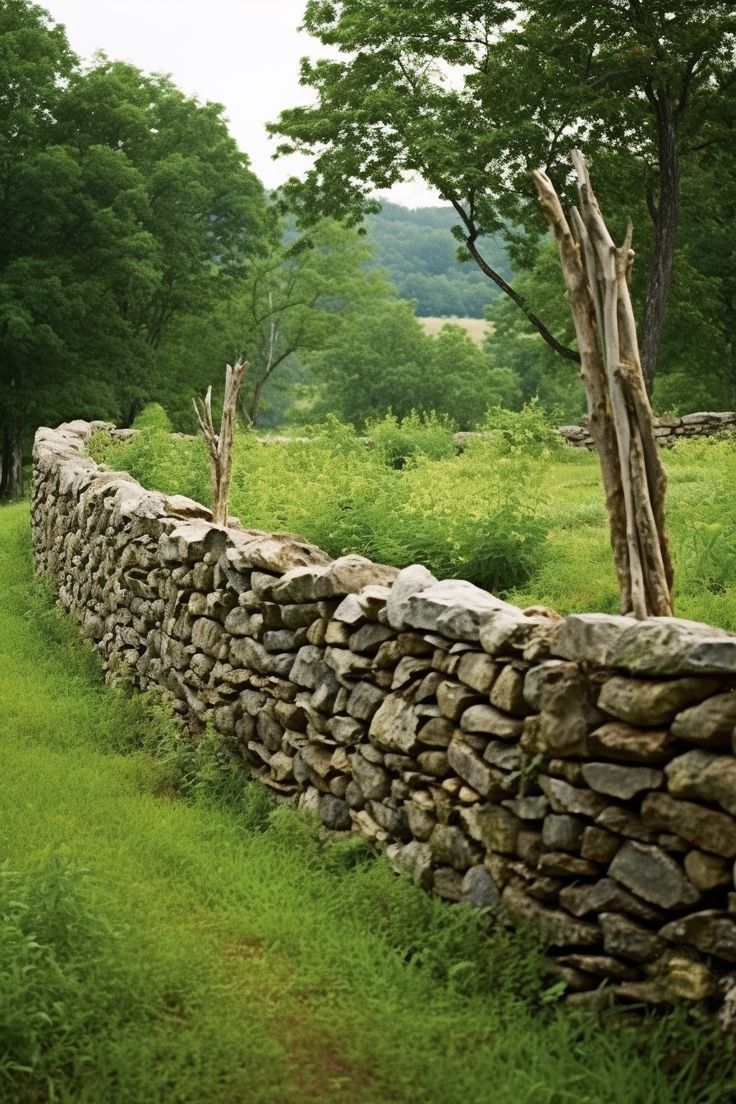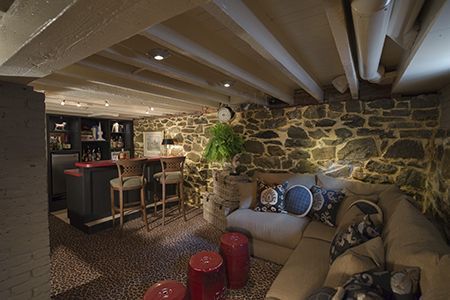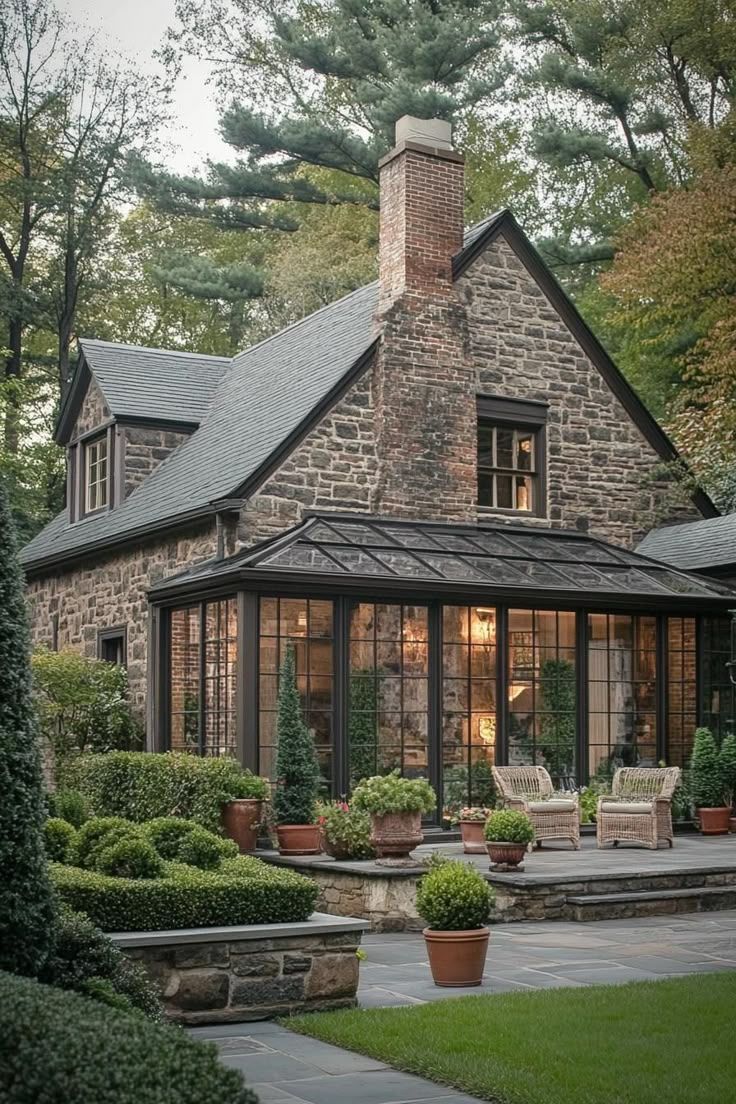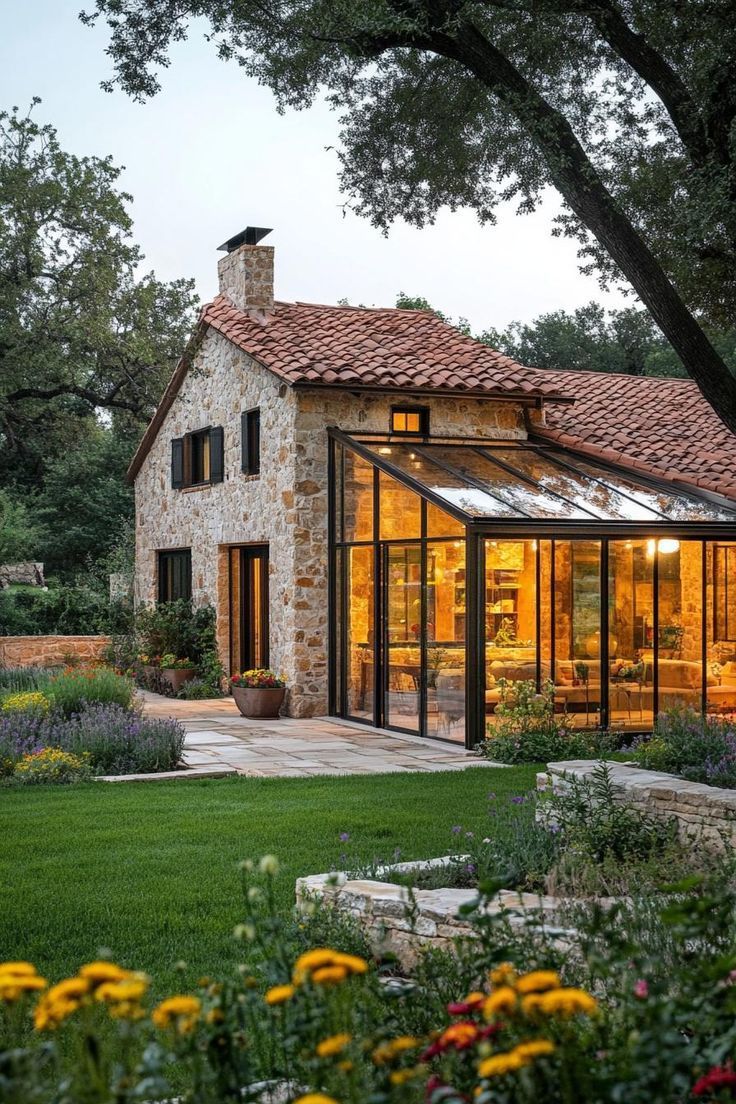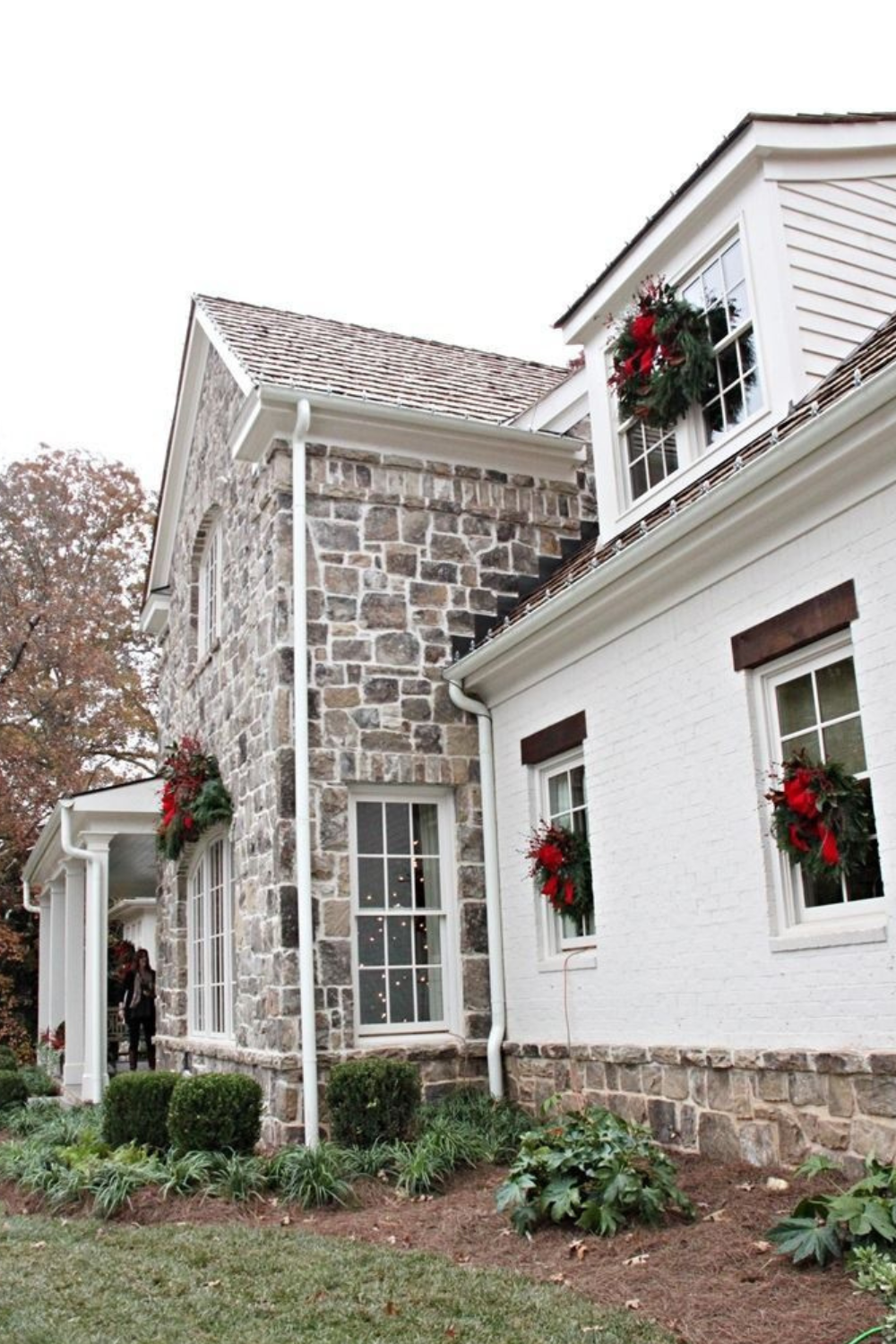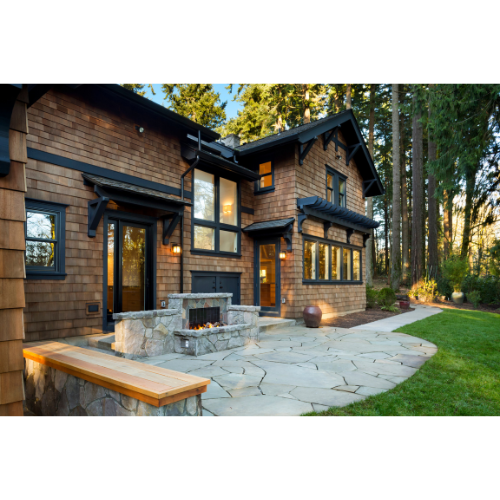Elevating Your Home with the Timeless Beauty of Stone Fireplace Facades
Few things evoke warmth, charm, and timeless elegance in a home quite like a stone fireplace.
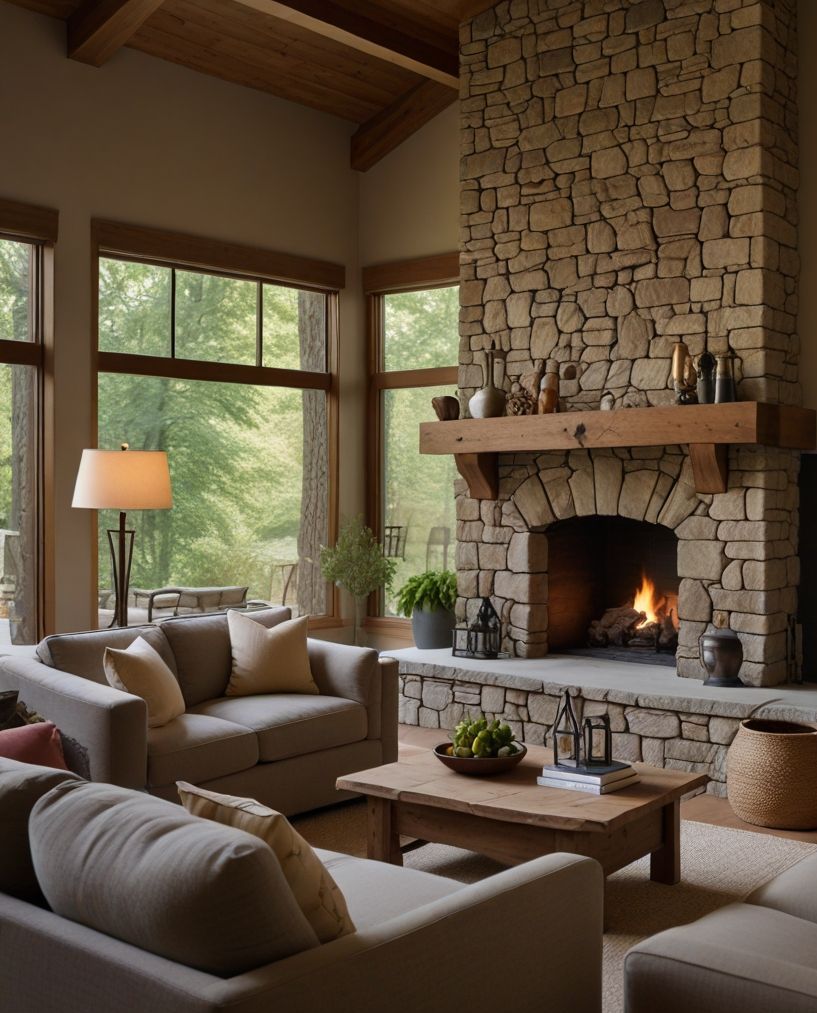
Whether nestled in a cozy living room, grandiose great room, or rustic cabin retreat, a stone fireplace facade instantly becomes the focal point of any space, captivating the eye and the imagination. In this article, we'll explore the enduring allure and beauty of stone fireplace facades, and how they can elevate the ambiance and aesthetic of your home.
1. Timeless Elegance:
Stone fireplace facades exude a sense of timeless elegance that transcends trends and fads. With their natural beauty, rich textures, and earthy hues, stone fireplaces add warmth and character to any room, creating a focal point that anchors the space and invites conversation. Whether adorned with rough-hewn stones for a rustic look or sleek, polished stones for a more contemporary feel, stone fireplace facades have a classic appeal that never goes out of style.

3. Natural Beauty and Texture:
One of the most striking features of stone fireplace facades is their natural beauty and texture. Each stone is unique, with its own distinct color variations, veining, and surface characteristics, creating a one-of-a-kind masterpiece that adds depth and visual interest to the space. Whether you prefer the rugged, weathered look of fieldstone or the smooth, polished finish of granite, stone fireplace facades offer a tactile and sensory experience that enhances the overall ambiance of the room.
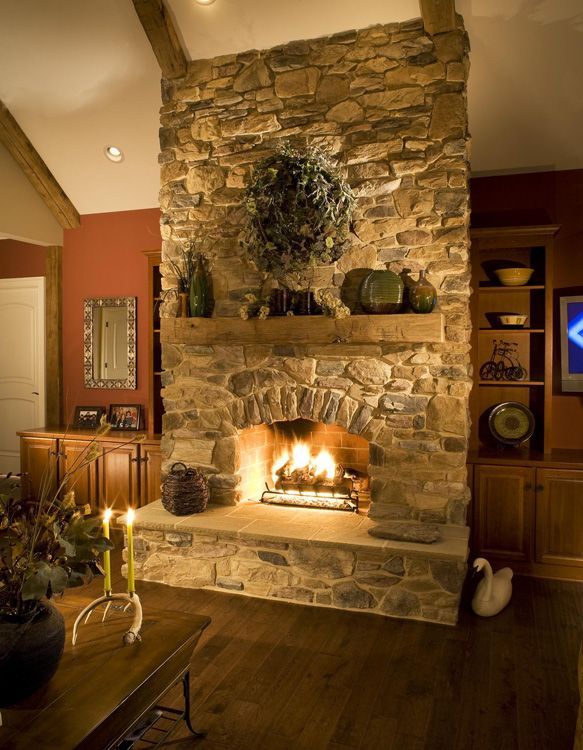
4. Cozy Ambiance and Warmth:
Beyond their aesthetic appeal, stone fireplace facades also contribute to the cozy ambiance and warmth of a space. Whether crackling with flames on a chilly winter evening or glowing softly with candles on a summer night, the flickering light and dancing shadows cast by a stone fireplace create a sense of comfort and intimacy that is unmatched by any other architectural feature. With its natural ability to retain heat, a stone fireplace facade not only adds visual warmth to a room but also provides physical warmth, making it a welcome addition to any home.

5. Lasting Durability and Value:
In addition to their beauty and charm, stone fireplace facades are also known for their lasting durability and value. Built to withstand the test of time, a well-constructed stone fireplace can last for generations, becoming a cherished heirloom that adds value to your home and enhances its resale appeal. Unlike other building materials that may fade, chip, or degrade over time, stone maintains its beauty and integrity for years to come, making it a wise investment for homeowners looking to enhance the long-term value and desirability of their property.

Conclusion:
From their timeless elegance and versatility in design to their natural beauty and lasting durability, stone fireplace facades offer a host of benefits that can transform any room into a welcoming retreat. Whether you're curling up with a book on a cold winter's night or entertaining guests on a balmy summer evening, a stone fireplace adds charm, character, and warmth to your home, creating a space you'll love to live in for years to come.
One of our clients wanted a simple fireplace makeover. We were able to upgrade her look to a more cozy vibe using stone facade.
If you would like your own fireplace upgrade give us a call at 920-475-1517!
